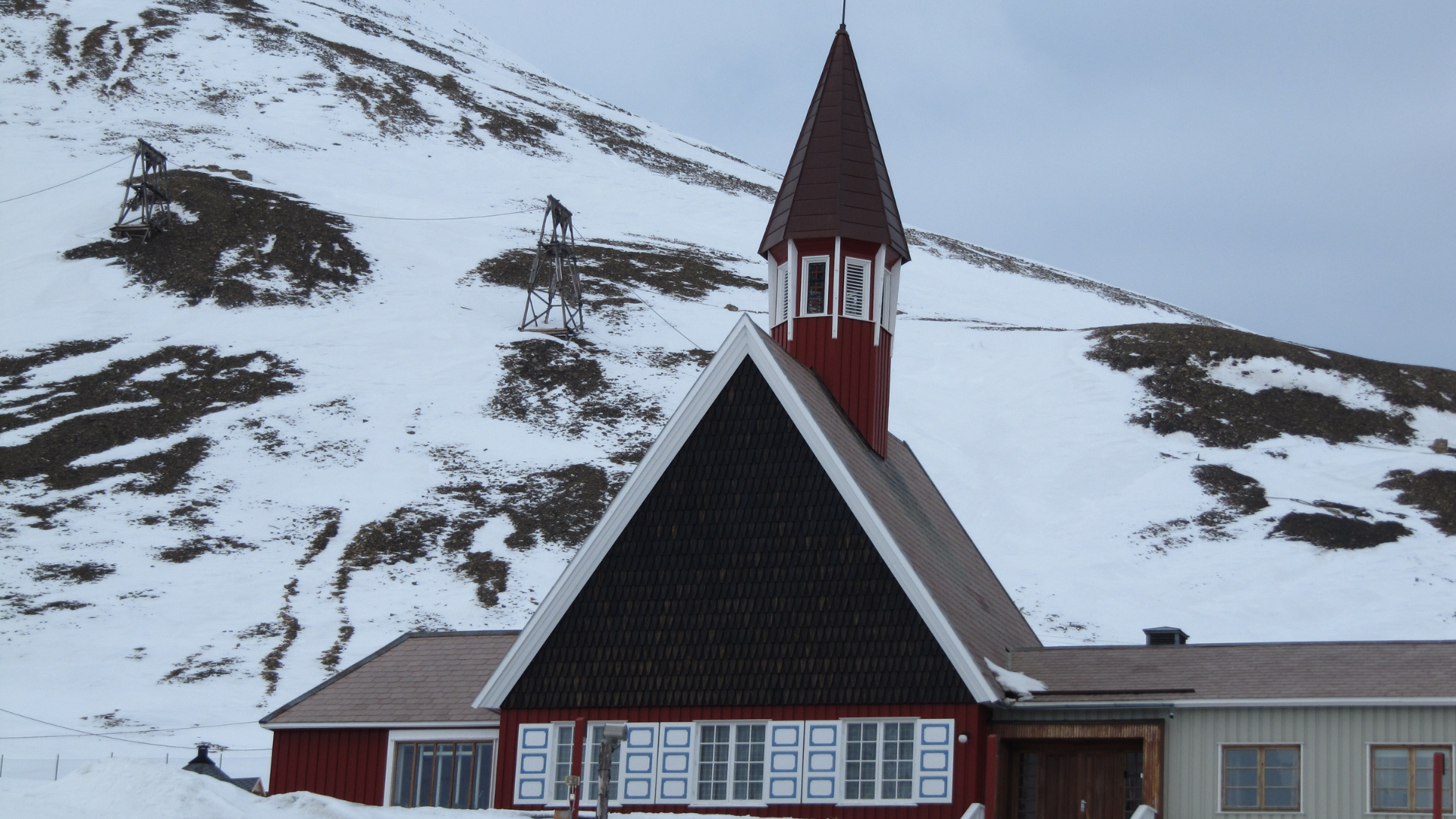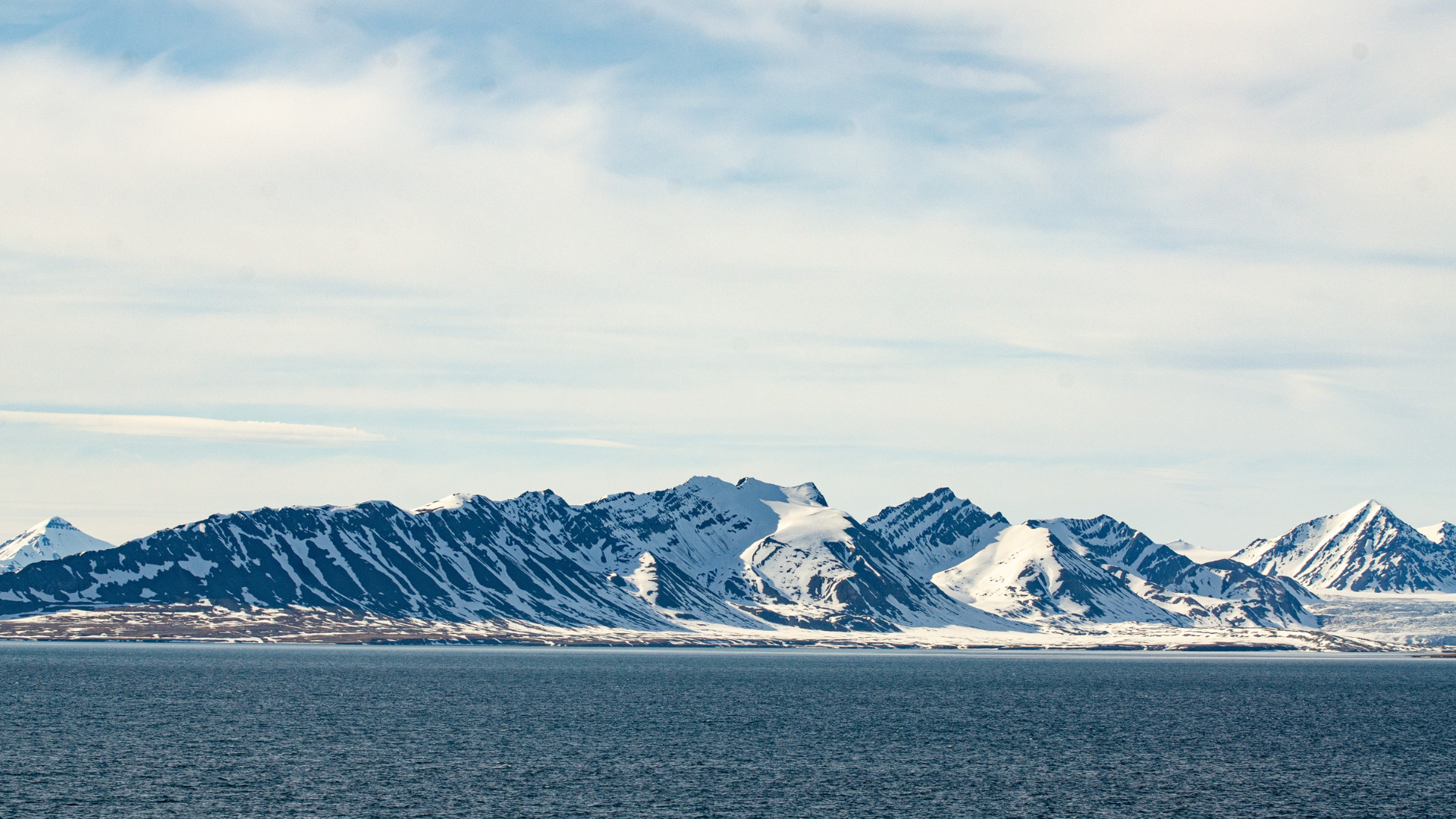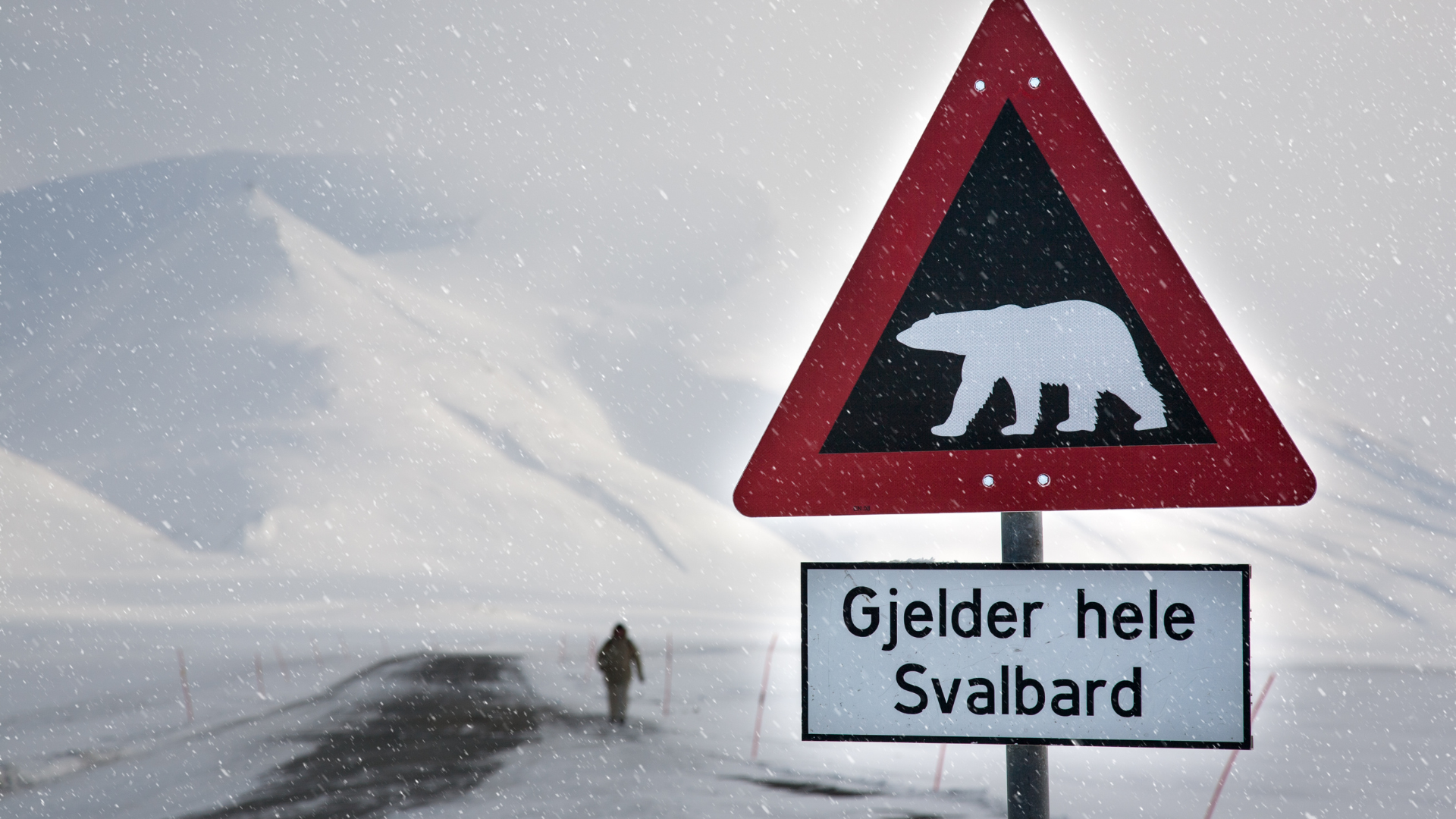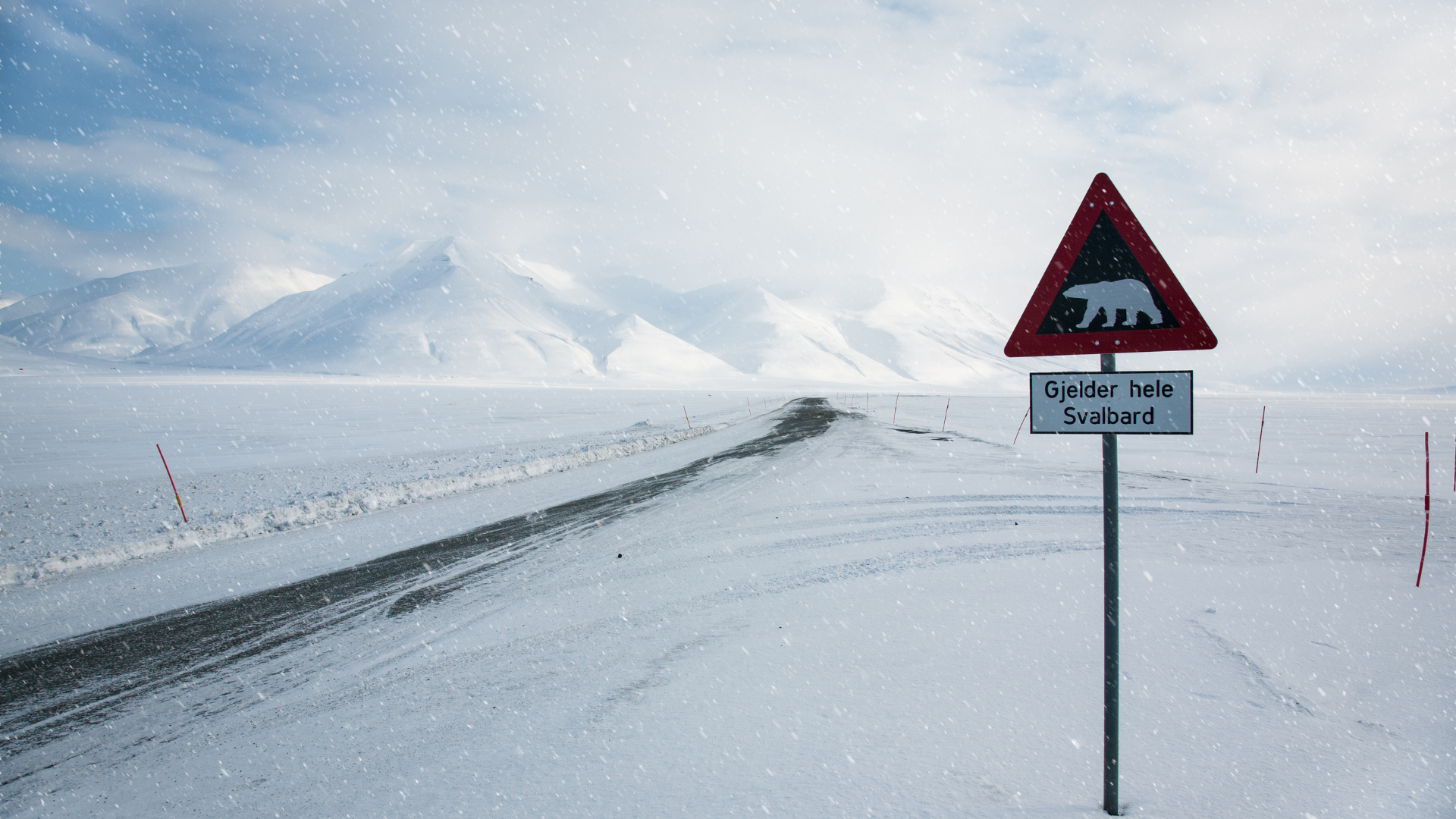Exploring Ny-Ålesund: Ten Fascinating Facts
Exploring Ny-Ålesund: Ten Fascinating Facts
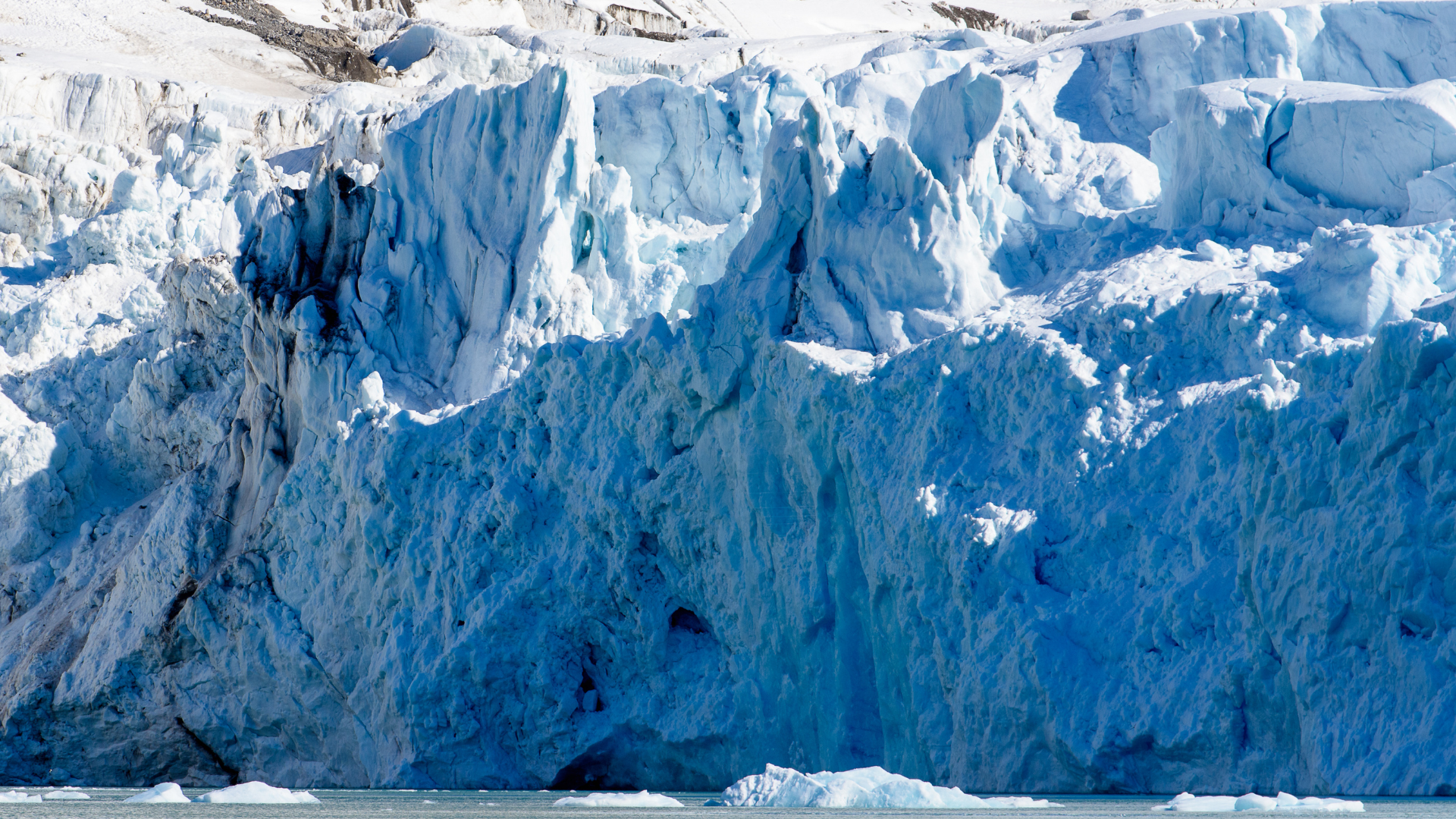
Ny-Ålesund, a small settlement located on the Norwegian island of Spitsbergen in the Svalbard archipelago, holds a significant place in Arctic history and research. Here are ten intriguing facts about this unique Arctic outpost:
Ny-Ålesund is one of the northernmost settlements in the world, situated at 78°55′N latitude. Despite its remote location, it serves as a hub for scientific research, particularly in the fields of climate science, glaciology, and Arctic ecology.
The settlement traces its origins back to the early 20th century when it was established as a coal mining town by the Norwegian mining company Kings Bay Kull Comp. Today, Ny-Ålesund is primarily a research station, with various countries operating scientific facilities in the area.
Ny-Ålesund is a designated Arctic Special Area under the Svalbard Treaty, which regulates activities in the region to ensure the protection of its unique environment and wildlife. As such, strict regulations govern human activities in Ny-Ålesund to minimize environmental impact.
Despite its small population, Ny-Ålesund is a bustling center of scientific activity, hosting researchers from around the world. The settlement's strategic location provides scientists with access to key Arctic environments, allowing them to study climate change and its impact on polar ecosystems.
One of Ny-Ålesund's most notable landmarks is the Zeppelin Observatory, a research facility operated by the Norwegian Polar Institute. The observatory conducts atmospheric research, including studies on air pollution, greenhouse gases, and ozone depletion.
Ny-Ålesund is also home to the Kings Bay Marine Laboratory, where scientists study Arctic marine ecosystems and biodiversity. Research conducted at the laboratory contributes to our understanding of how climate change is affecting the Arctic Ocean and its inhabitants.
In addition to its scientific significance, Ny-Ålesund has historical importance as a starting point for polar expeditions. The settlement served as a base for numerous expeditions to the North Pole, including those led by Roald Amundsen and Umberto Nobile.
Ny-Ålesund's unique location above the Arctic Circle means that it experiences polar day and polar night, with periods of continuous daylight in summer and darkness in winter. This extreme seasonal variation presents challenges for residents and researchers alike.
Despite its remote location and harsh climate, Ny-Ålesund offers stunning natural beauty, with majestic mountains, glaciers, and fjords surrounding the settlement. Visitors to Ny-Ålesund can experience the Arctic wilderness firsthand and witness the region's pristine landscapes.
In recent years, Ny-Ålesund has emerged as a destination for eco-tourism, attracting visitors interested in experiencing the Arctic environment and learning about ongoing scientific research in the region. Guided tours of research facilities and lectures by resident scientists offer visitors a unique insight into life and work in the Arctic.


